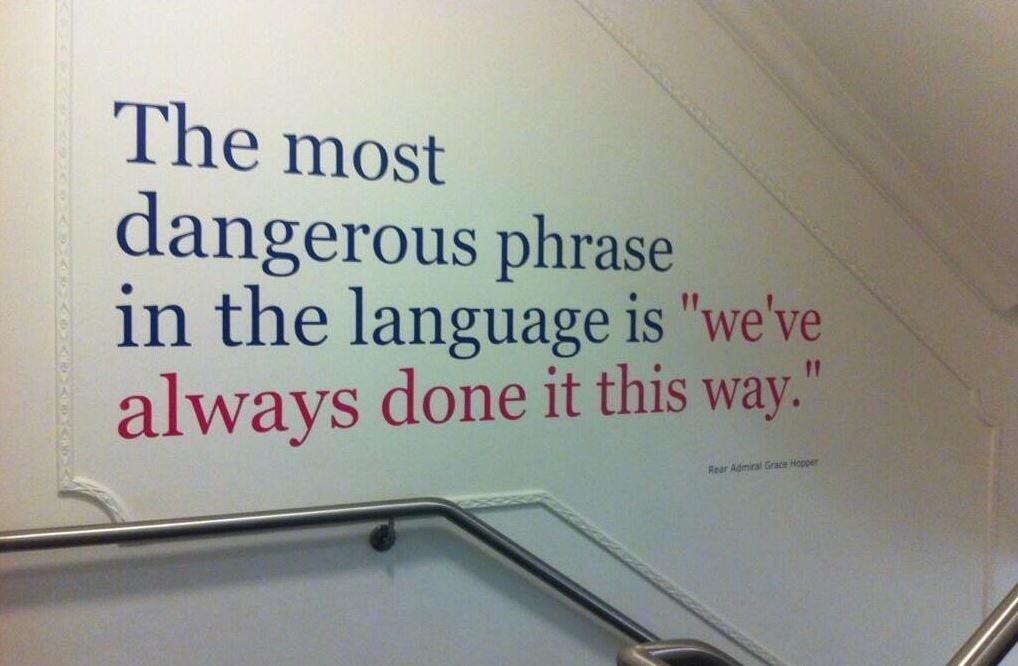2rocky
Well-known member

When you have found yourself needing to make a change in the way you do business, or the markets you serve, how did you get your people on board to make that change effectively?
Follow along with the video below to see how to install our site as a web app on your home screen.
Note: This feature may not be available in some browsers.
